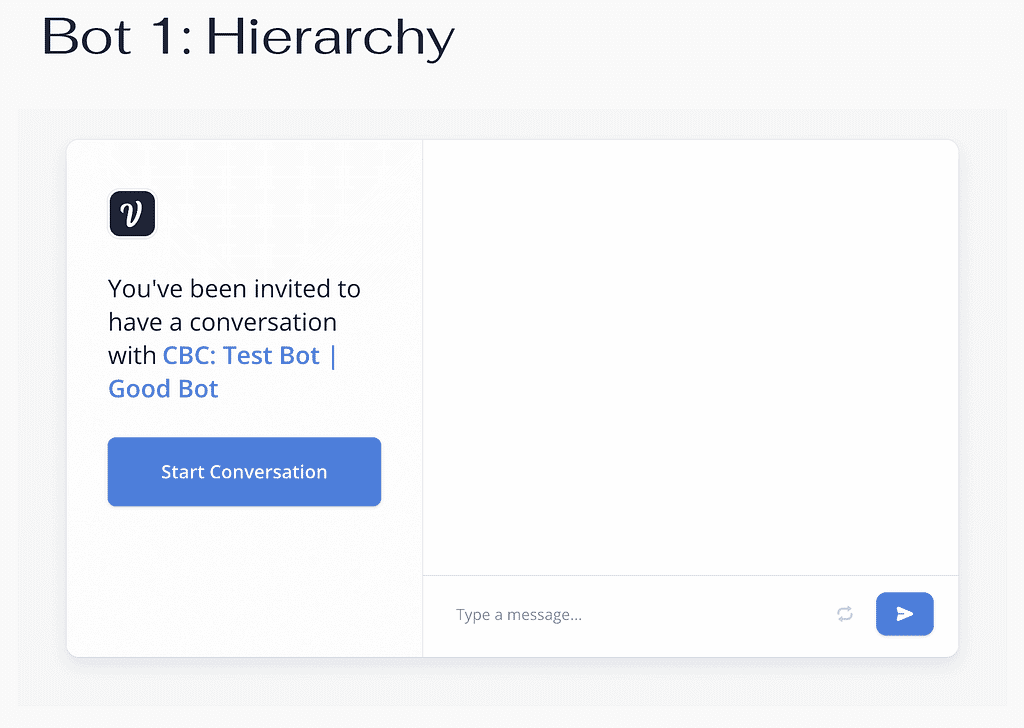
So recently, we have been experimenting with knowledge bases, and how information is structured is vital.
In some sense, it directly relates to the context and overall meaning. It also makes it easier for LLMs to answer questions accurately and reduces hallucination.
And so we created a few experiments, that you can play with and test it yourself.
But first, why does Information Structure Matter?
Imagine a library. One room has books strewn everywhere, titles mixed up, and no discernible order. In another room, the books are organized by subject, then by author, then by publication date. Which room would help you find the book you want more efficiently?
LLMs are similar. The way knowledge is presented and organized dictates not only their understanding but also their output.
Our recent experiments highlighted two crucial aspects:
Organization of Informational Taxonomies and Hierarchies:
This considers elements like URL structures, folders, and how information is interrelated. By defining the proper context, you can highlight what’s critical.
Organization Within a Document:
Delving deeper, this looks at the composition of individual pieces of information — from structure and semantics to formatting and summaries.
Let’s dive into our findings on the first aspect:
Hierarchical Structures: The Backbone of Knowledge
At its core, informational hierarchy is about context. Whether it’s a URL on a website or the structure of folders within a system, hierarchies set the scene and help LLMs understand the importance and relevance of different data points.
Consider this:
– ChatbotConferences.com/conferences/2019/nyc suggests there are multiple events across different cities.
– ChatbotConferences.com/new-york-city offers just a city, which, out of context, is ambiguous.
– ChatbotConferences.com/nyc/2019 indicates multiple NYC events but omits a broader context.
The Great Hierarchy Test
We started on a quest to understand the weightage and importance hierarchies. We build two chatbots with their primary differentiation being the organization of their hierarchy:
– Bot 1: Trained on multiple pages, each representing a distinct event and year.
– Bot 2: Trained on a consolidated page that collates all the agendas.
>>>> The result? Dive in and test our ‘Good Bot’ and ‘Bad Bot’ for yourself here.<<<
The Way Forward
Structure is just the tip of the iceberg. If you’re intrigued and keen to delve deeper into the art of building bots using knowledge bases, I have exciting news!
Join us in our upcoming Live Workshops at the Chatbot Conference.
Not only will you be building a bot harnessing the might of knowledge bases, but you’ll also have the chance to get certified.
Dive in and secure your place here.
Cheers!
Stefan
Mastering Knowledge Bases: The Key to Transformative Chatbots was originally published in Chatbots Life on Medium, where people are continuing the conversation by highlighting and responding to this story.
